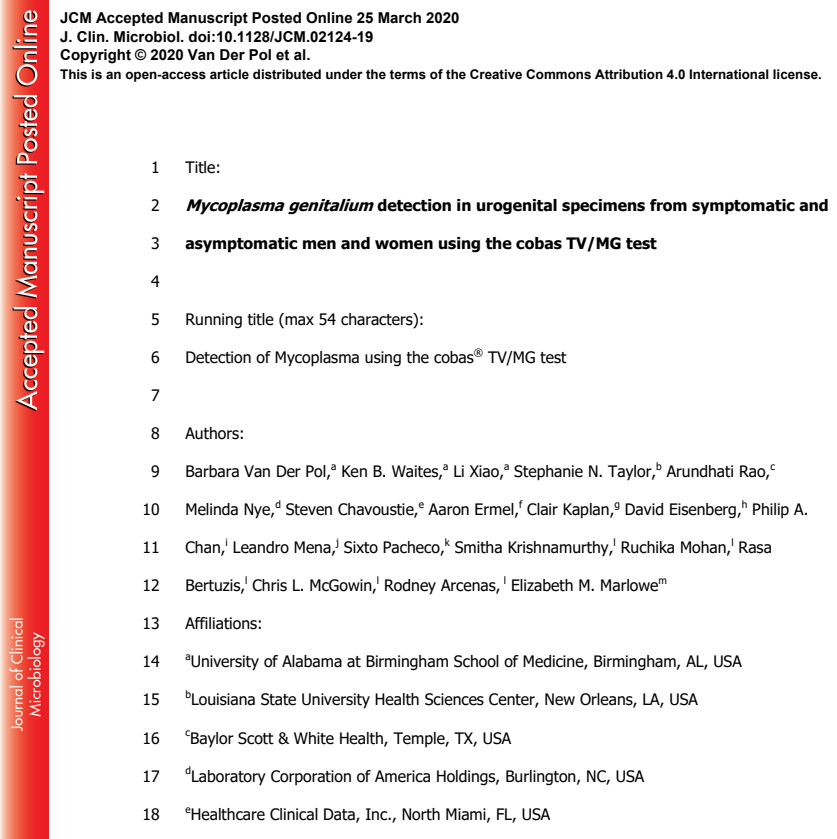
Comparison of the Aptima HBV Quant assay in the automated Panther® System with the Abbott Realtime HBV assay in the quantification of Hepatitis B Virus.
- August 4, 2019
The HCV and HIV-1 genotype determination have clinical importance because the response to antiviral treatment varies with the genotype. Furthermore, the classification of HIV-1 subtype and HCV genotypes provides a scientific opportunity to study the worldwide spread of these viruses. Sequence-based genotyping is the method that is most widely used to genotype. Some laboratories use in-house sequencing, but a number of commercial assays are also extensively used.
Two genotyping assays were validated: one for HIV-1 and another for HCV genotyping in human plasma samples. For both assays, the viral RNA was extracted using the Abbott molecular m2000 sample preparation instrument. The HIV-1 genotyping assay included two regions of the HIV-1 virus RNA: env gp41 immunodominant region (IDR) and pol integrase (pol IN). The sequences were amplified by RT-PCR using specific primers for each one. The env gp41 IDR was amplified using the forward primer, JH35F, and the reverse primer, JH38R. The sequences from the pol IN region were obtained using primers poli5_OF and poli8_OR, followed by a nested PCR using primers poli7_IF and poli6_IR. Samples with low viral loads (< 500 copies/ml) were analyzed using an alternative protocol designed to amplify the env gp41 IDR. Reverse transcription and primary PCR were performed using primers GP40F1 and GP41R1. Primers GP46F2 and GP47R2 were then used for the nested PCR. The HCV genotyping assay was carried out using sequences obtained from the NS5b region. The sequences were amplified by RT-PCR using the specific primers Pr1 and Pr2. Alternatively a hemi-nested PCR was carried out using primers Pr3, Pr4 and Pr5. The obtained sequences were blasted against available HIV and HCV sequence databases.
Results were validated against previously obtained results from the TRUGENE HIV-1 genotyping kit and TRUGENE HCV 5’NC genotyping kit. All 20 samples (100%) for the HIV-1 subtypes showed concordant results in both methods. However, at sub-subtype level, one sample was not coincident showing an F sub-subtype with TRUGENE method and an F2 sub-subtype in this study. The HCV genotypes determined by the two methods were concordant in 100% (21/21) of the samples but the results differed at the subtype level (15/21). On the other hand, the NS5b method was able to classify all samples at the subtype level whereas the TRUGENE HCV 5’NC genotyping kit did not in four cases (20%).
It is concluded that these methods are reliable and convenient for HIV-1 and HCV genotyping. Moreover, the HIV-1 genotyping assay permitted subtype identification in samples with a low viral load and the HCV genotyping assay showed more resolution at the subtype level in comparison with TRUGENE methods.
DOWNLOAD PDF